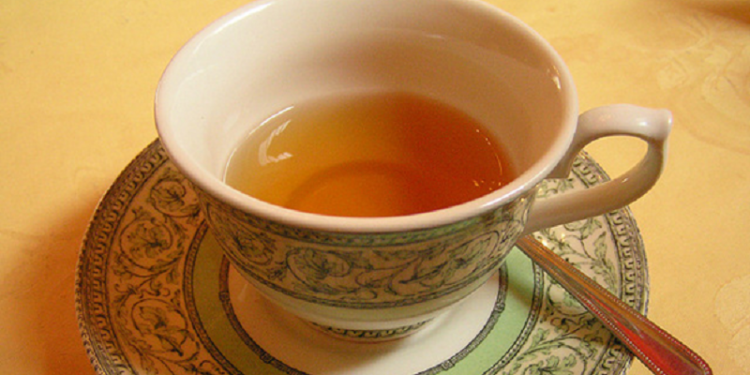
Afternoon tea is an English tradition that dates back to the 1800′s. The traditional proceedings combine loose tea, brewed in a pot with a side of sugar and milk. The caffeine with sugar provided a good boost of energy against the usual 3pm dullness of the working poor in the early 20th century. Jobs back then were more physically demanding, and afternoon tea quickly became a daily measure.
For the labor class, the tea would be accompanied by a sandwich or baked goods, such as scones. The more privileged would enjoy their tea with better quality sandwiches, cakes, and pastries. A fruitcake, Victoria sponge, or a cream and jam scone would all be amongst the traditional choices.
Today
In today’s day, a formal afternoon tea is served with a biscuit or two from a tea shop. It’s much simpler and usually more frequent. The highest quality hotels in London and Britain have adopted the tradition and serve an elegant afternoon tea with an alternative option of champagne.
The actual purpose of an afternoon tea is to refresh your mind after a tough day’s work. Socialising and clearing your head while taking a break in a calm space has become a usual for many people across Britain today. Enjoying a cucumber sandwich while washing it down with some fresh loose-leaf tea seems like a delicacy we can’t live without.
Etiquette
Tea is meant to be calming. It’s supposed to be enjoyed, so you can clear your mind of any worries. A busy and hectic lifestyle finds it rare that we take some time in our day for ourselves. Stopping whatever you’re doing for some tea will go a long way. But remember, you’re not a construction worker downing your tea from a big mug on your 5-minute-break. Adhering to afternoon tea etiquette will only make the experience more enjoyable. Small sips of your tea is polite, no matter how much of a hurry you’re in.
Tea Facts You Didn’t Know
- Every day, more than 165,000,000 cups of tea are drunk by Brits alone.
- Rinse your brunette hair in tea to add some extra shine.
- Tea acts as a source of fluoride and helps prevent tooth decay.
- The most expensive tea bag cost £7,500, filled with 280 diamonds and rare tea leaves.
- There are an estimated 1,500 variations of tea
